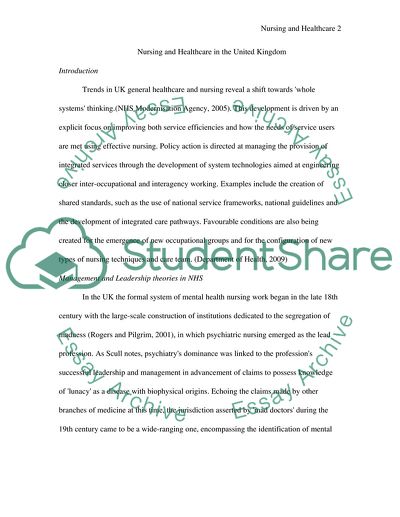Cite this document
(Nursing and Healthcare Case Study Example | Topics and Well Written Essays - 1500 words, n.d.)
Nursing and Healthcare Case Study Example | Topics and Well Written Essays - 1500 words. https://studentshare.org/health-sciences-medicine/1575789-critically-evaluate-and-apply-how-management-and-leadership-within-inter-professional-working-can-improve-the-quality-of-care-in-the-healthcare-environment
Nursing and Healthcare Case Study Example | Topics and Well Written Essays - 1500 words. https://studentshare.org/health-sciences-medicine/1575789-critically-evaluate-and-apply-how-management-and-leadership-within-inter-professional-working-can-improve-the-quality-of-care-in-the-healthcare-environment
(Nursing and Healthcare Case Study Example | Topics and Well Written Essays - 1500 Words)
Nursing and Healthcare Case Study Example | Topics and Well Written Essays - 1500 Words. https://studentshare.org/health-sciences-medicine/1575789-critically-evaluate-and-apply-how-management-and-leadership-within-inter-professional-working-can-improve-the-quality-of-care-in-the-healthcare-environment.
Nursing and Healthcare Case Study Example | Topics and Well Written Essays - 1500 Words. https://studentshare.org/health-sciences-medicine/1575789-critically-evaluate-and-apply-how-management-and-leadership-within-inter-professional-working-can-improve-the-quality-of-care-in-the-healthcare-environment.
“Nursing and Healthcare Case Study Example | Topics and Well Written Essays - 1500 Words”. https://studentshare.org/health-sciences-medicine/1575789-critically-evaluate-and-apply-how-management-and-leadership-within-inter-professional-working-can-improve-the-quality-of-care-in-the-healthcare-environment.


